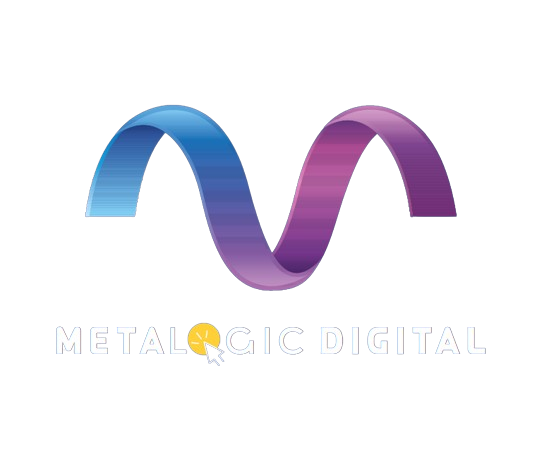1. Understanding the Marketing Budget Framework
2. Allocating Budget Across Marketing Channels
Carefully consider where your audience spends time and where you get the most return.
3. Strategies to Maximize ROI with a Small Ad Spend
4. Budgeting Flexibility and Forecasting
5. Budget Planning for Startups vs. Established Brands
6. Tools to Help You Manage Your Budget
Conclusion
Frequently Asked Questions
Frequently asked questions about our business plans.

01
How much should a startup spend on marketing?
Typically, 10–20% of revenue is ideal for growth-focused startups.
02
What is the best way to track ROI on a small budget?
Use Google Analytics, UTM parameters, and CRM reports to attribute leads and sales to specific campaigns.
03
Are digital ads better than traditional media for small budgets?
Yes. Digital ads offer precise targeting, tracking, and flexibility, making them more efficient for small budgets.
04
How often should I review my marketing budget?
At least monthly. Weekly, if you’re running short-term or high-frequency campaigns.
05
Can influencer marketing work on a small budget?
Absolutely. Micro-influencers often offer high engagement at lower costs, especially for niche products or services.


Let’s work together
Looking for expert-led digital solutions? Contact Us



